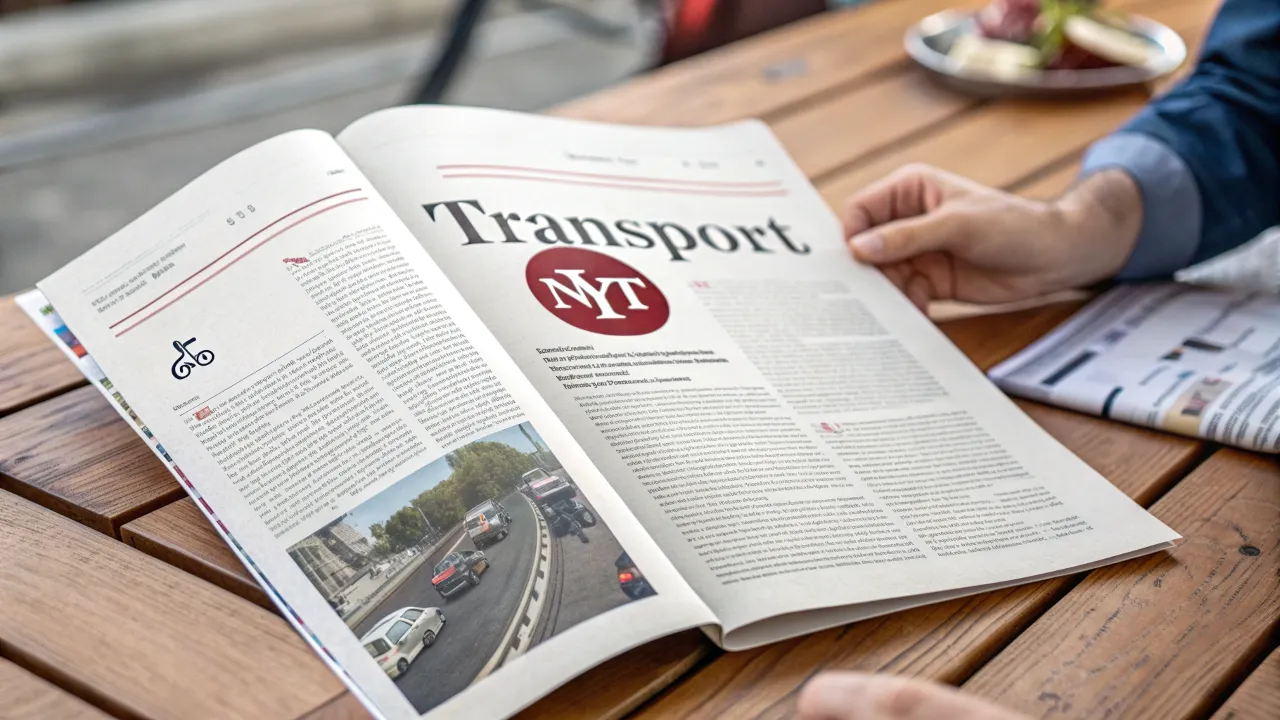Table of Contents
The food delivery industry has undergone a massive transformation in recent years, with companies like Many A Doordash Transport Nyt leading the charge. From local eateries to high-end restaurants, DoorDash has become synonymous with convenience, speed, and reliability.
But what makes DoorDash stand out in the crowded food transport sector? And how has it managed to dominate markets, even earning mentions in publications like The New York Times (NYT)?
Just as usps delivered to agent for final distribution, DoorDash has perfected last-mile food transport. This article explores the impact of DoorDash on modern food logistics, its business model, challenges, and what the future holds for this delivery gian
1. Doordash Transport Nyt Phenomenon: A Game-Changer in Food Transport
Many A Doordash Transport Nyt, founded in 2013, quickly rose to prominence by addressing a critical need—fast, efficient food delivery. Unlike traditional takeout services, DoorDash leverages a vast network of independent drivers (Dashers) and an AI-driven logistics system to optimize delivery routes.
Key factors behind its success:
- Expansive Restaurant Partnerships – DoorDash collaborates with over 450,000 merchants, from McDonald’s to high-end local bistros.
- Dynamic Pricing & DashPass – Subscription models and surge pricing help balance supply and demand.
- Real-Time Tracking – Customers can monitor their orders, enhancing transparency.
A New York Times (NYT) report highlighted how DoorDash’s aggressive expansion during the pandemic solidified its dominance, outpacing competitors like Uber Eats and Grubhub.
2. The Technology Powering DoorDash’s Transport Network
Many A Doordash Transport Nyt efficiency stems from its cutting-edge technology:
- AI-Powered Dispatch System – Assigns orders based on driver proximity, traffic, and restaurant prep times.
- Heat Maps for Demand Prediction – Helps Dashers position themselves in high-demand zones.
- Automated Customer Support – Reduces response times for order issues.
This tech-driven approach ensures that “many a DoorDash transport” operation runs smoothly, minimizing delays and maximizing customer satisfaction.
3. Challenges in the DoorDash Ecosystem
Despite its success, DoorDash faces several hurdles:
- Driver Retention – Many Dashers report fluctuating earnings and high fuel costs.
- Restaurant Fees – Some small businesses criticize DoorDash’s high commission rates (up to 30%).
- Regulatory Battles – Legal disputes over driver classification (employee vs. contractor) persist.
A NYT investigation revealed that while DoorDash offers flexibility, some drivers struggle with inconsistent income, raising questions about gig economy sustainability.
Also Read: What is a Logistics Company? The Backbone of Global Trade
4. DoorDash vs. Competitors: Who Leads the Food Transport Race?
Many A Doordash Transport Nyt controls nearly 60% of the U.S. food delivery market, but rivals are catching up:
- Uber Eats – Leverages Uber’s ride-hailing infrastructure.
- Grubhub – Strong in urban markets but losing ground.
- Postmates (Acquired by Uber) – Focuses on rapid delivery.
DoorDash’s edge lies in its vast restaurant network and superior logistics—traits often highlighted in NYT business analyses.
5. The Future of DoorDash: Beyond Food Transport
DoorDash is expanding into new verticals:
- Grocery & Retail Delivery – Partnerships with Walmart and convenience stores.
- Drone & Autonomous Deliveries – Testing futuristic delivery methods.
- International Expansion – Growing in Canada, Australia, and Japan.
As noted in a NYT feature, DoorDash’s ambition extends beyond meals, aiming to be an all-encompassing delivery platform.
Closing Words
Many A Doordash Transport Nyt has redefined food transport, blending technology, logistics, and customer-centric strategies to dominate the industry.
While challenges like driver satisfaction and regulatory scrutiny persist, its innovations keep it ahead of competitors. With expansions into groceries, drones, and global markets, DoorDash is poised to remain a leader in on-demand delivery.
As The New York Times (NYT) and other analysts observe, “many a DoorDash transport” operation reflects broader shifts in consumer behavior—where speed, convenience, and digital integration reign supreme.

